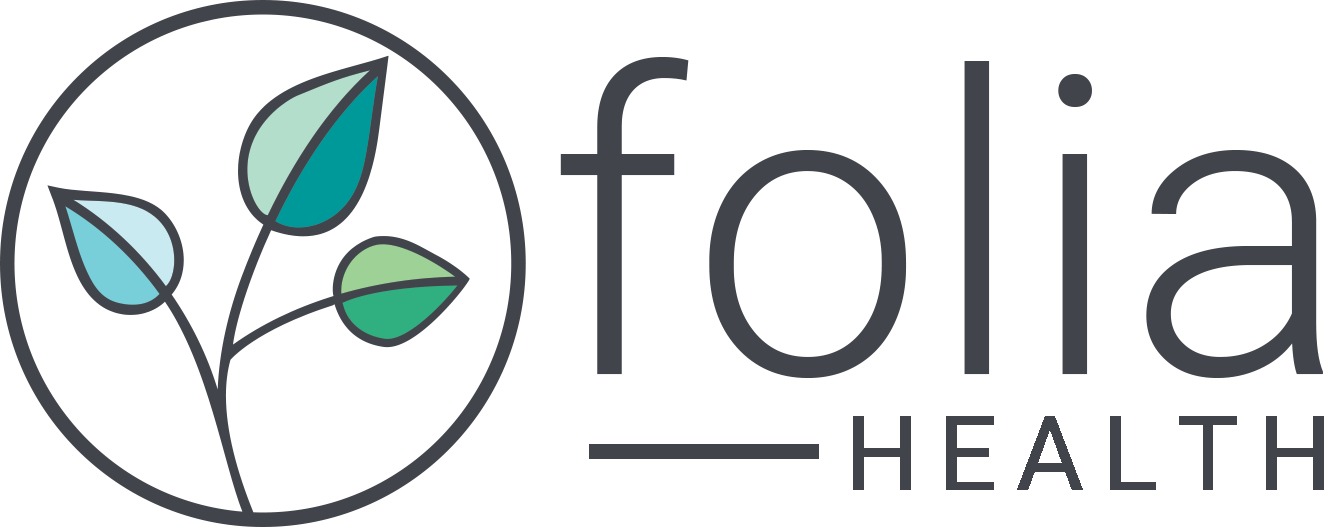Let's Talk Treatments: How to understand if a medication is right for you
While on a Diagnostic Odyssey, it is not uncommon to treat symptoms as they appear. This may lead to the trialing of various medications - some of which may work better than others. In 2022 there were over 20,000 FDA approved prescription drugs available to the market. This number is overwhelming, and how are you supposed to know which treatments are the best for you?
Say you are put on a new treatment to try to keep symptoms at bay while you are waiting for a series of test results to come back. Suddenly you are experiencing various side effects that you suspect are from this new treatment. What should you do?
Before you go on any new treatment regimen, you should be asking questions about how this medication will affect you.
What are the side effects of the medication? When should I speak up about the side effects?
How will it interact with the treatments I am already on?
Should I take any additional supplements to help boost my immune system while on this medication?
What is this medication targeting?
How will I know if this medication is working?
What happens if I miss a dose?
How should I store this medication?
Is this the correct medication, or is there an alternative that may be better for me?
Do I need to avoid any over the counter medications or foods while I am on this medication?
If you start experiencing side effects, here are some steps you can take:
Make sure you are tracking the symptoms that the medication is supposed to target. Over time, you may see a decrease in the severity if the treatment is working, or you may see that the treatment is not doing as much for you as you had hoped. Share this with your doctor to discuss whether this treatment regimen is working for you.
If you start experiencing side effects, make sure to start tracking them. This will be important to note as you chat with your care provider about the best treatment options for you.
Decision Making
How to manage the large amount of information that is available on the internet
Experiencing new symptoms and being on a diagnostic odyssey is difficult enough, and made even harder with the overwhelming amount of information that can be found on the internet. Sometimes the opinions of others can be helpful, and sometimes it can be overwhelming.
So how do you manage all of the information that is available? And how do you do your own scientific research?
Narrow your focus to accredited websites. These can be academic websites, government websites, or foundation sites such as the FDA, and the Cystic Fibrosis Foundation.
Tip: You can decipher if something is an academic or government website by the website name itself. If it ends in .edu its an academic website, if it ends in .gov, it’s a site belonging to a government organization. Foundations and organizations can also be very helpful sources of information, and their websites may end in .org.
Sometimes academic papers can be hard to understand. You can always reach out to the Folia team for help understanding these papers, or you can bring them to your healthcare provider. While these can be helpful in some situations, don’t fret if you don’t understand! There is plenty of information available in various forms.
Reaching out for help
If you are confused about where to look for more information, or need help understanding something you already found, you have a few options for where to ask for help!
You can bring your research to your healthcare provider, and have them help you understand more deeply. You can reach out to the Folia team in app, via email at [email protected], or by filling out the form below.
Request help here!

